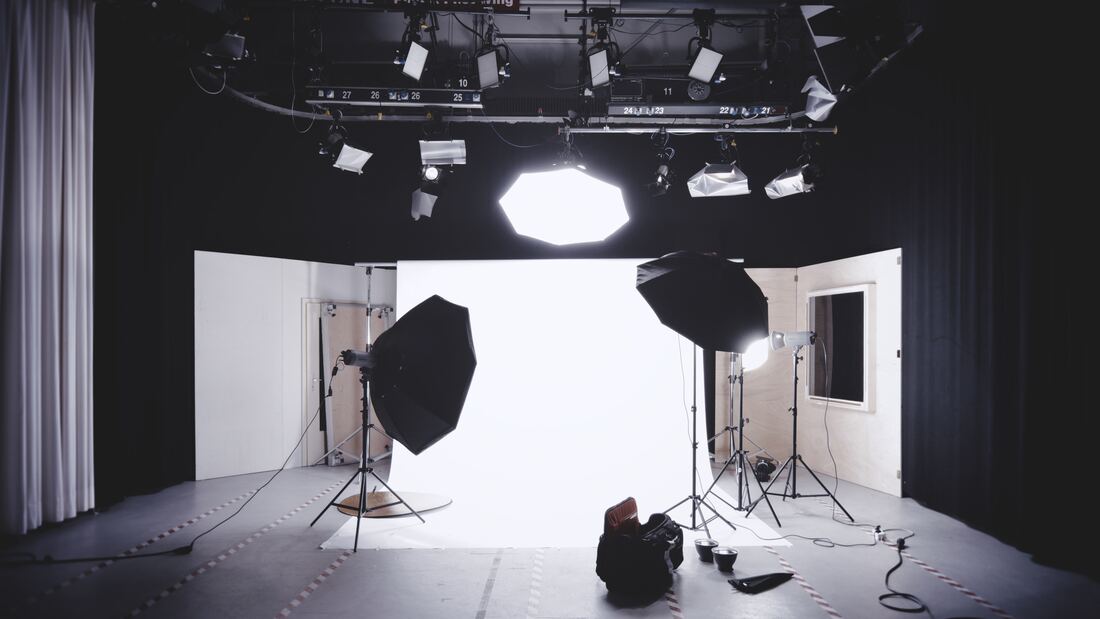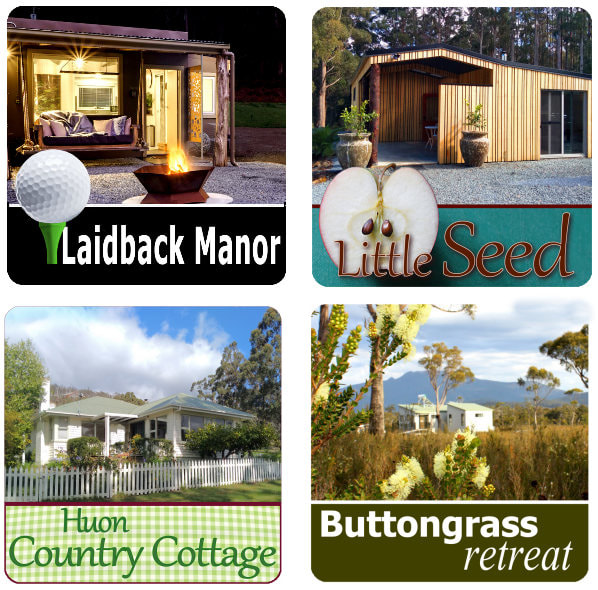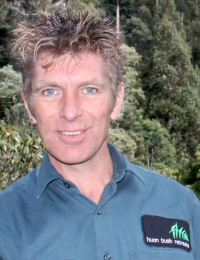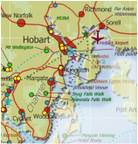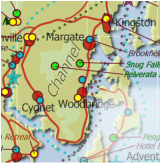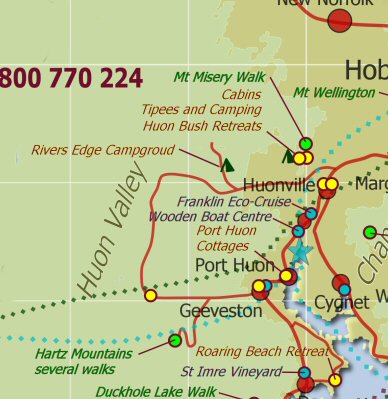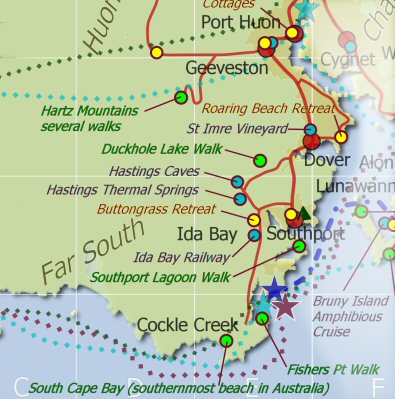| You don’t need to be an expert photographer to book your own photo shoot, and it’s much easier than you might think to get started. In this article, you’ll find all the information you need to plan, organise and successfully hold your own photo shoot. No matter what kind of pictures you prefer to take, you’ll be able to use this guide. | Photo by Alexander Dummer on Unsplash |
Every photo shoot needs a location, preferably one where you can control all aspects of the environment. Although taking pictures outdoors is fun, a studio lets you adjust variables such as lighting and distance more easily. In addition, changing the background is very simple, and you can even use greenscreens to add effects during the editing process.
While you probably don’t have your own professional photo studio, it’s possible to rent one for a session. Finding suitable options is as simple as searching for a photo studio near me. Make sure you check what kind of features are available, as well as the distance to the location. A good studio is well worth the travel, but you may have other options closer to you if you set the parameters correctly.
Renting a studio costs money, of course, but it’s worth it if you want the best quality photos. Before you pick an option, set a reasonable budget that you’d be willing to spend, and consider any other costs that may factor into the session.
Developing the Project Plan
Even if this is a hobby shoot rather than a professional one, it’s good practice to develop a project plan. Your project plan is essentially the outline of what you hope to achieve with the shoot, as well as a list of everything you need to complete it. This all starts with the brief, which helps provide structure and direction for the shoot.
Your brief should include the goals and possible ideas, as well as mood boards to provide inspiration. It’s also important to list any deliverables that the session should produce. For example, the exact number of photos you want to have at the end of the specific number of each type of photo. It’s always important to have a clear plan when you go in, that way, you’ll maximise the value you get out of your time in the studio.
Choosing the Right Equipment
While you can do a lot with just your camera, having the right equipment helps you achieve better results and improves the quality of your work. Your initial project plan should include a list of the equipment you need to bring along, and it’s a good idea to spend some time going over this to ensure you haven’t missed anything.
Depending on the type of photos you’re taking, some equipment will be more important than others. For example, if it’s portrait photography you’re doing, you need a camera that’s capable of capturing high-definition images with clear facial expressions. Lighting is important, so don’t forget to bring a lightbox if the studio doesn’t include one.
Making Sure the Shoot Goes Smoothly
When the shoot is underway, always refer back to the original brief and the rest of the project plan. This will help you stay on track and ensure things go smoothly. If you’re using models for the shoot, make sure you invite them well ahead of time and ensure they’re comfortable throughout the session.
